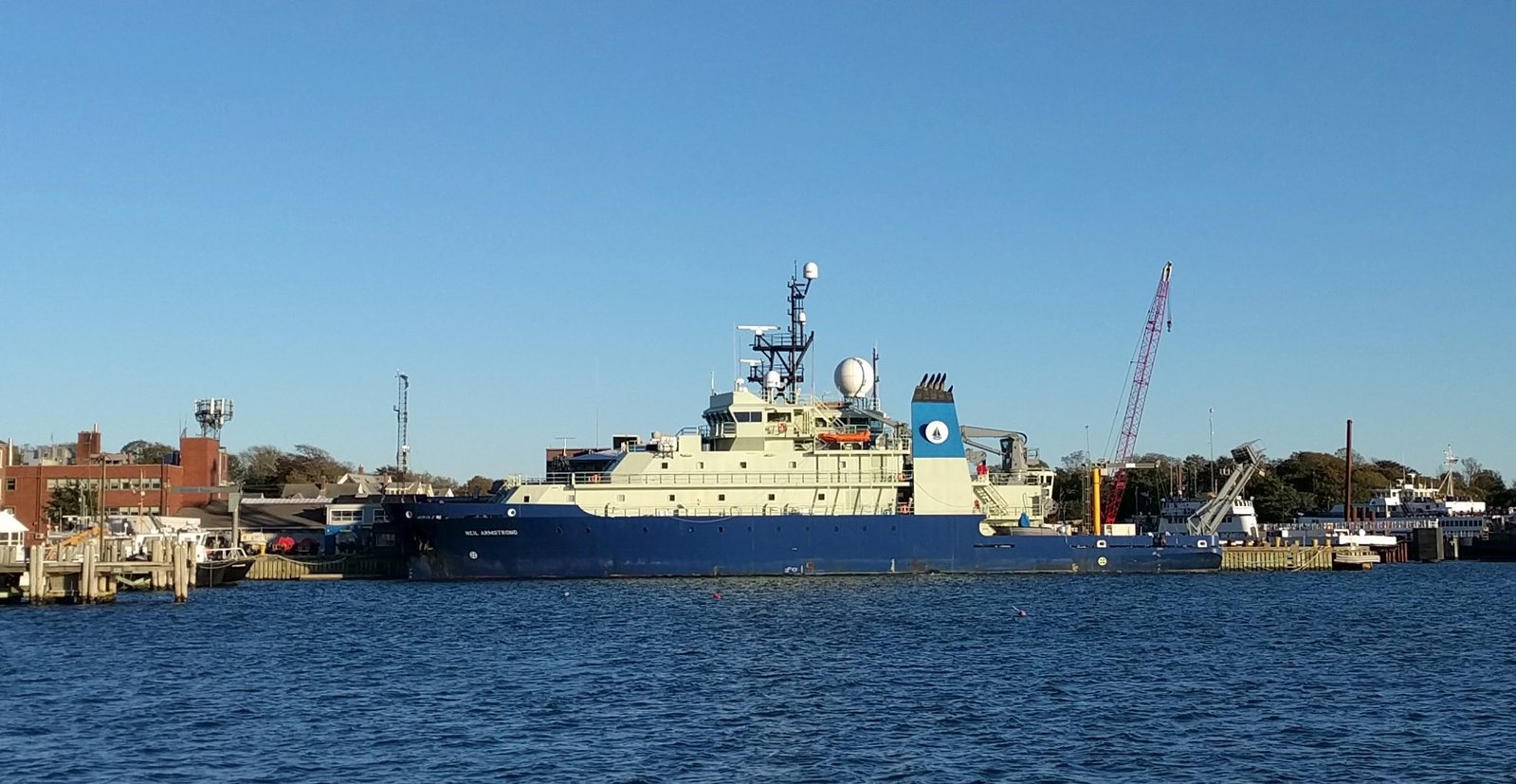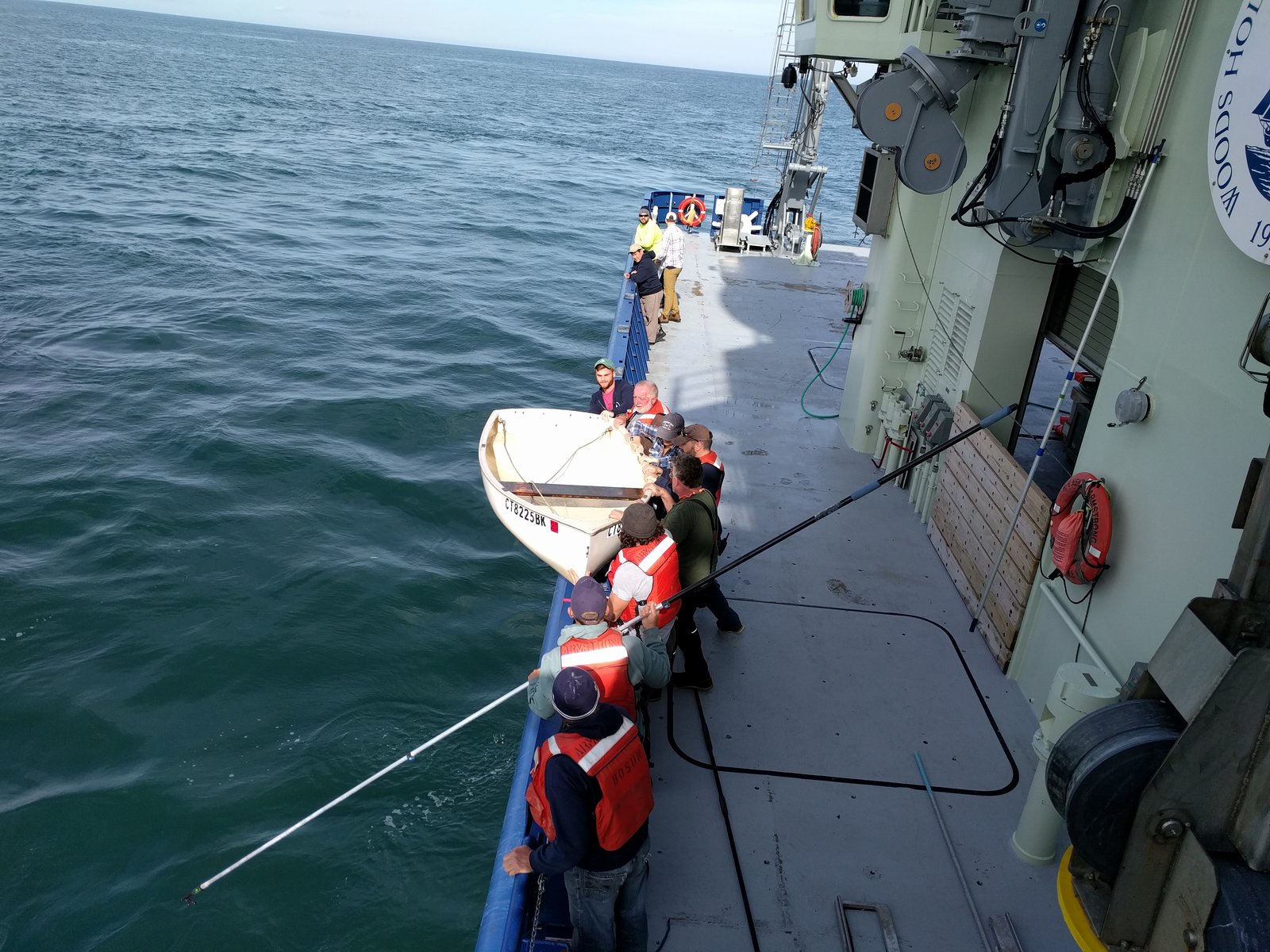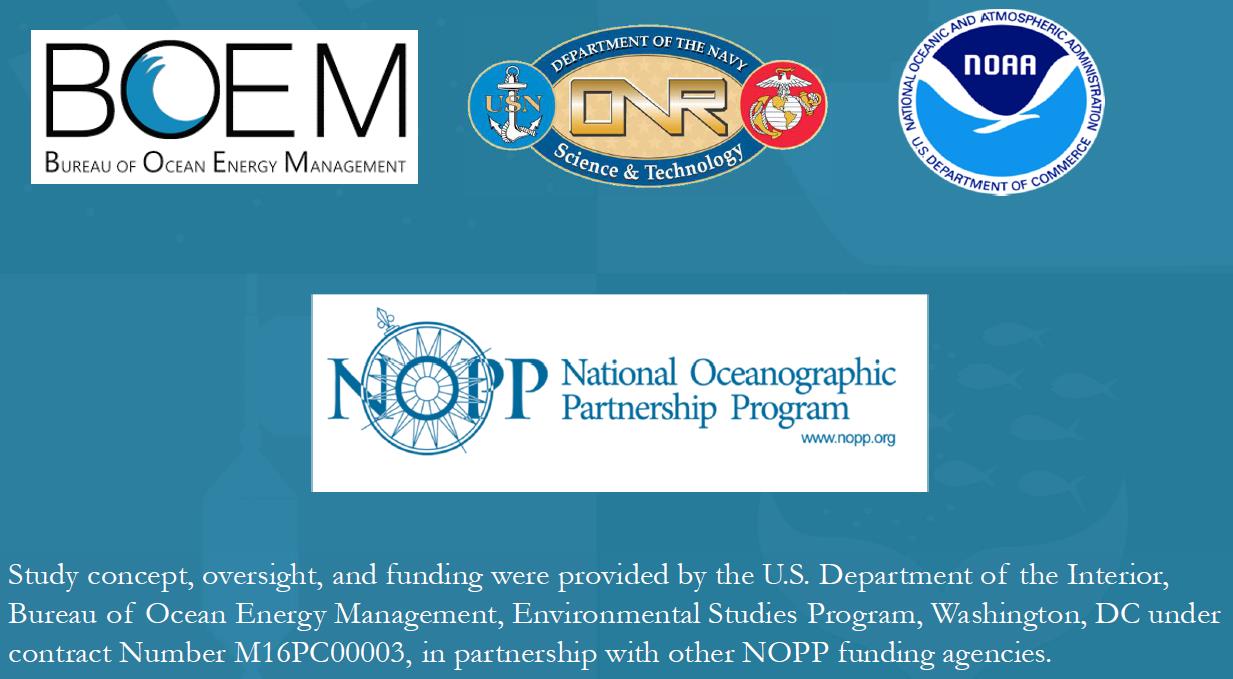
And we are off to sea! The RV Armstrong left the Woods Hole Oceanographic Institution dock this morning at 8:30am EST and we have begun our transit to our first science station down off the Virginia coast. This is the fourth cruise on the ADEON (Atlantic Deepwater Ecosystem Observatory Network) project. We have 7 sites along the continental shelf-break (where the water depth goes from ~ 200 m to 4000 m) from Virginia down to Florida where we have bottom landers that are sampling the environment and soundscapes continuously over the past year. This cruise’s primary task is to recover the landers, swap batteries and hard drives, and then re-deploy them for another year of data collection. In order to fully understand what the data from the bottom landers means, we also conduct sampling at each site to better understand the physical oceanography of the water column (how the water moves and holds energy as heat), the primary production that occurs (the marine plants that photosynthesize and form the base of the food web), and to collect samples of the zooplankton and nekton (small animals that can’t or can swim against a current respectively) that live in the ocean (ranging from the near-surface waters to animals that live more than a mile deep). We’ve got a mix of people (scientists, students, an artist) on this cruise – with some of us having spent years at sea and others who have never been on a research cruise before. There will be roughly two blog posts a day updating you on what goes on the cruise so please check back to see what’s been going on during our 18-day voyage.
The last time we were on the RV Armstrong was our first ADEON voyage (in November 2017) – during that trip we found an autonomous sailing vessel that the University of British Columbia had built to sail across (without anybody on it) the Atlantic. It had broken down and was drifting around Florida when we saw it and brought it on board. So today as we were finishing our safety drills on the deck of the boat, we found another boat drifting by. This was a small dinghy from Connecticut that (I’m guessing) got loose during the most recent storm that hit southern New England. The ship picked it up, so it isn’t a navigation hazard. And if you’re missing your dinghy – please let us know!
Joe Warren, Chief Scientist



